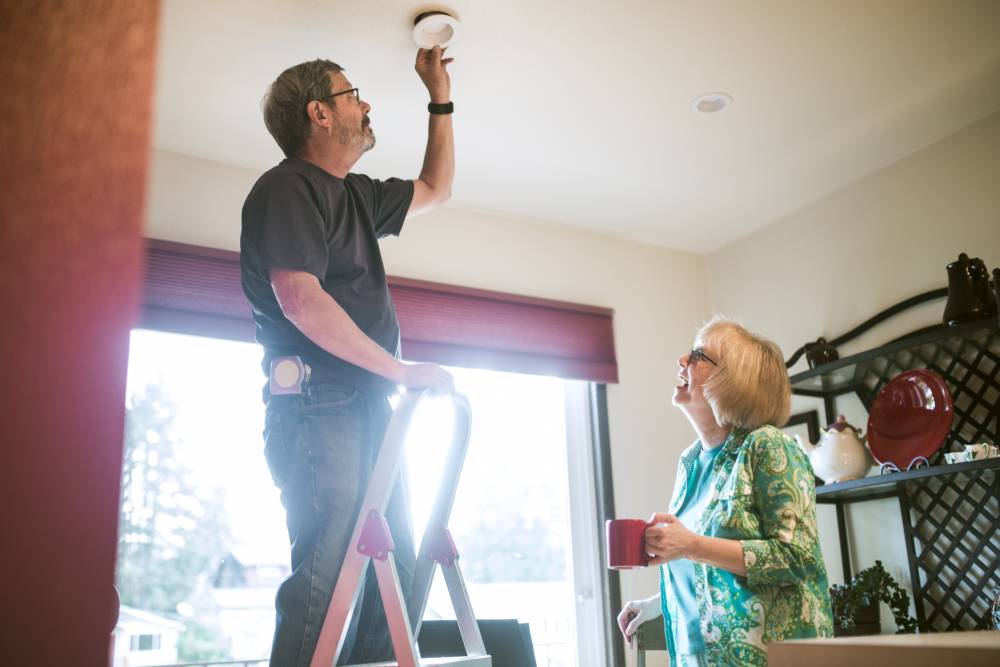
Recent changes in the aged care space have forced many providers to rethink their approach to some of the most basic aspects of delivering care and facility management.
New standards that came into effect on 1 July have emphasised the obligation being placed on providers to work closely with residents when designing and delivering their care.
Even though the new standards are broader in terms of how you arrive at the desired outcome, the end result must still equate to residents feeling as though their needs have been met.
While the demands of clinical care are of high importance, facility management is crucial to ensuring that residents live in a safe environment, with maintenance being one of the key support services.
The pressure being placed on providers by unannounced audits, coupled with the adjustment to new standards, has seen many facilities scrambling through mountains of maintenance records and paperwork in order to meet outcomes.
But according to MDFM Account Director and aged care property maintenance expert, Jess Johnson, there is no need for this process to be such a stressful endeavour.
“Before the introduction of unannounced audits, providers had weeks or even months to get their files and service reports in order, but that simply isn’t the case anymore,” said Jess.
“Property maintenance is more important than ever before, and the new standards have really put the onus on providers to ensure that the environment of the facility is both safe and meeting the needs of residents.”
“The accreditation process requires staff to be able to produce information that confirms compliance, but facilities that still utilize a paper-based-system now face a growing list of hurdles that weren’t there previously.”
“And that’s why so many providers have invested in computerizing their maintenance management systems.”
Computerised Maintenance Management Systems (CMMS) have become the standard record-keeping practice in other industries due to convenience and efficiency, but there are still a number of aged care facilities that are yet to transfer across to a digitised platform.
Generally speaking, maintenance managers in aged care settings are responsible for filing maintenance records, and accessing these important documents can be extremely difficult when the maintenance manager is not on site.
This can result in significant challenges for other staff members looking to access maintenance information during an unannounced audit, and for maintenance managers who oversee multiple sites.
A CMMS provides organizations with quick and easy access to information like maintenance records, and this information can be accessed from anywhere and by anyone who has been given the authority to do so.
“The amount of time being lost due to unstructured record keeping does not just affect audits, it also results in slower response times for reactive maintenance, and that is a safety issue for both residents and staff,” said Jess.
“Here at MDFM, we have been providing accredited building and maintenance services to aged care facilities across the country for over 10 years, and the implementation of CMMS has proven to be a valuable asset to clients.”
“Not only do staff no longer have to chase down members of the maintenance team to see if their requests have been addressed, they can actually view the request online and see when the request was logged and when they can expect it resolved.”
“Over time, facilities develop a complete purchase and service history for all of their assets, and this allows them to focus on preventative maintenance which is a safer and more cost-effective method of maintaining a facility.”
There are very few business processes that still rely on paper-based documentation, and when you consider the importance of having well-maintained equipment in an environment that cares for vulnerable people, it’s surprising that the aged care sector has been slow to make the change.
Traditionally, maintenance has been low on the list of priorities for aged care facilities, but embracing technology that can improve maintenance services and documentation is yet another important step in improving an industry that is ripe for change.